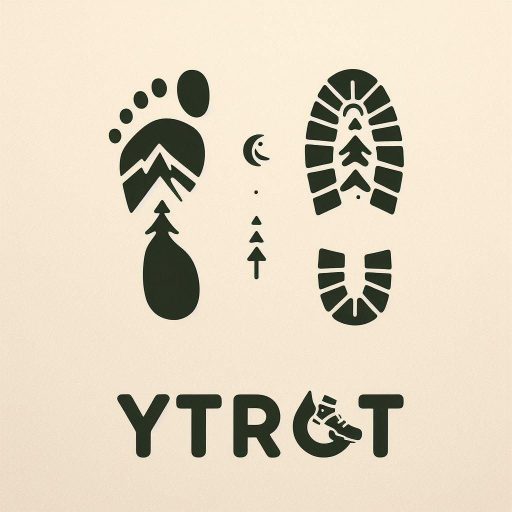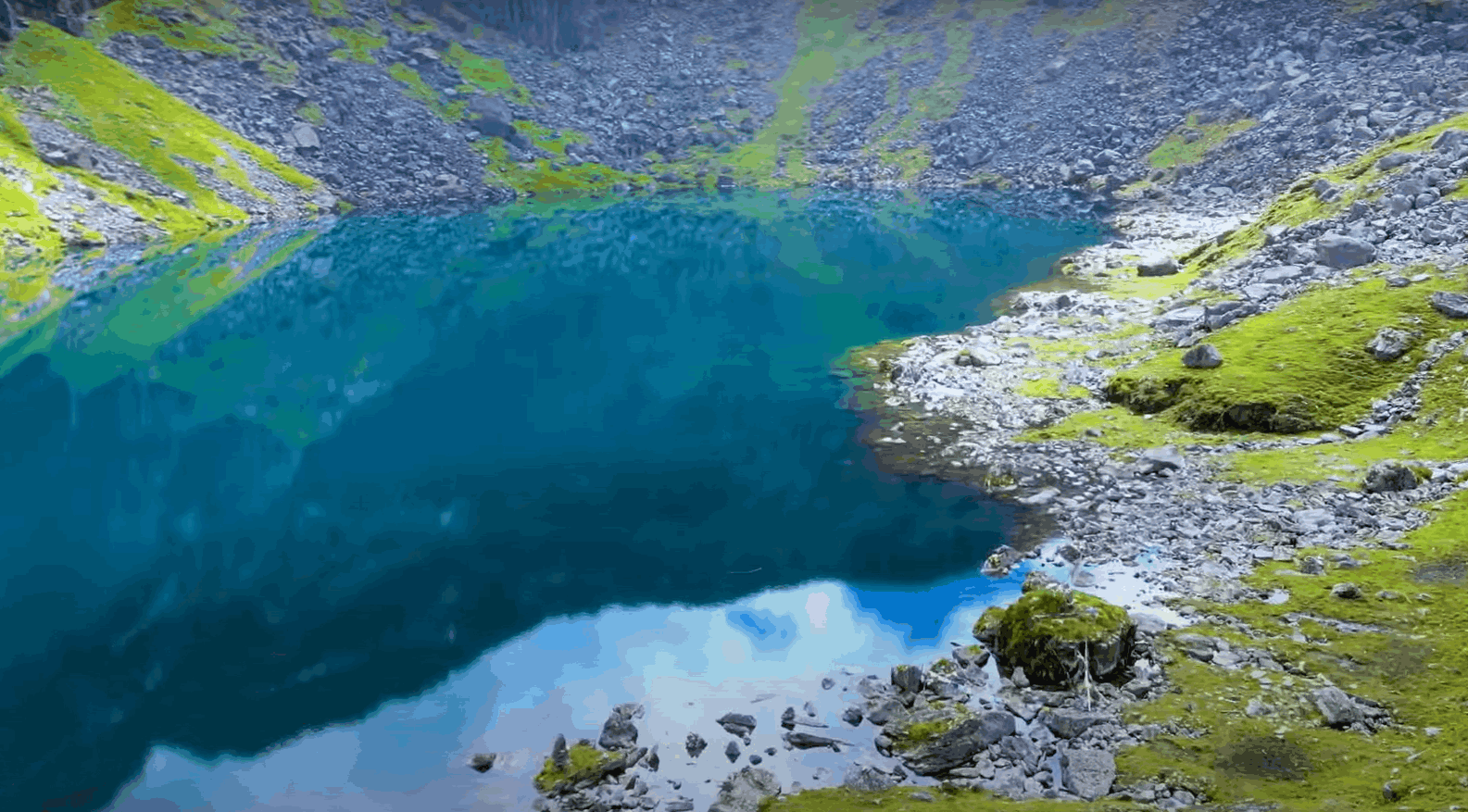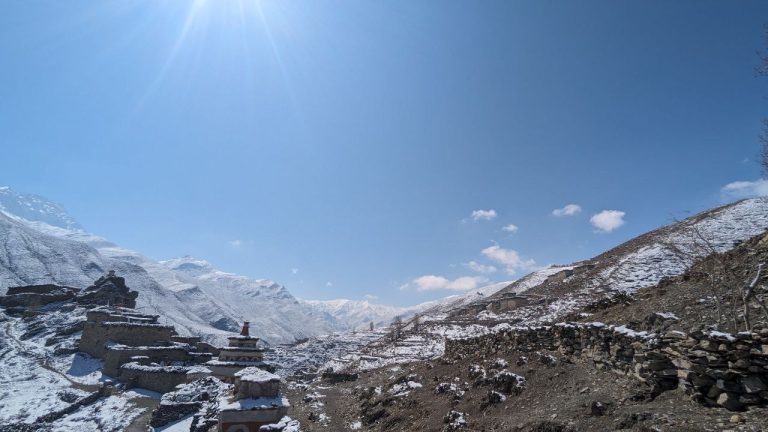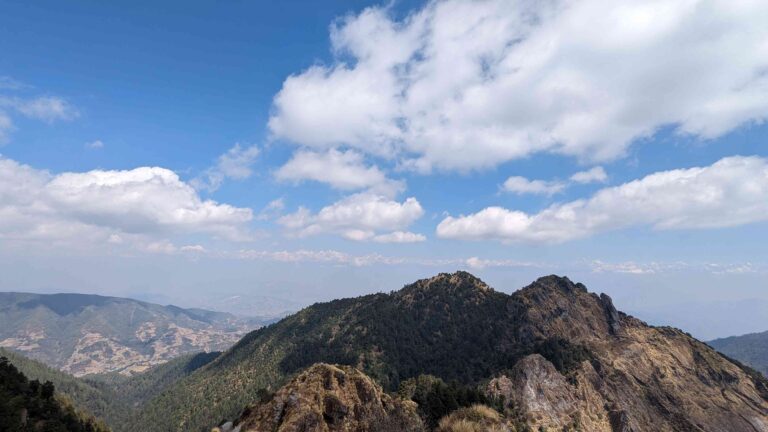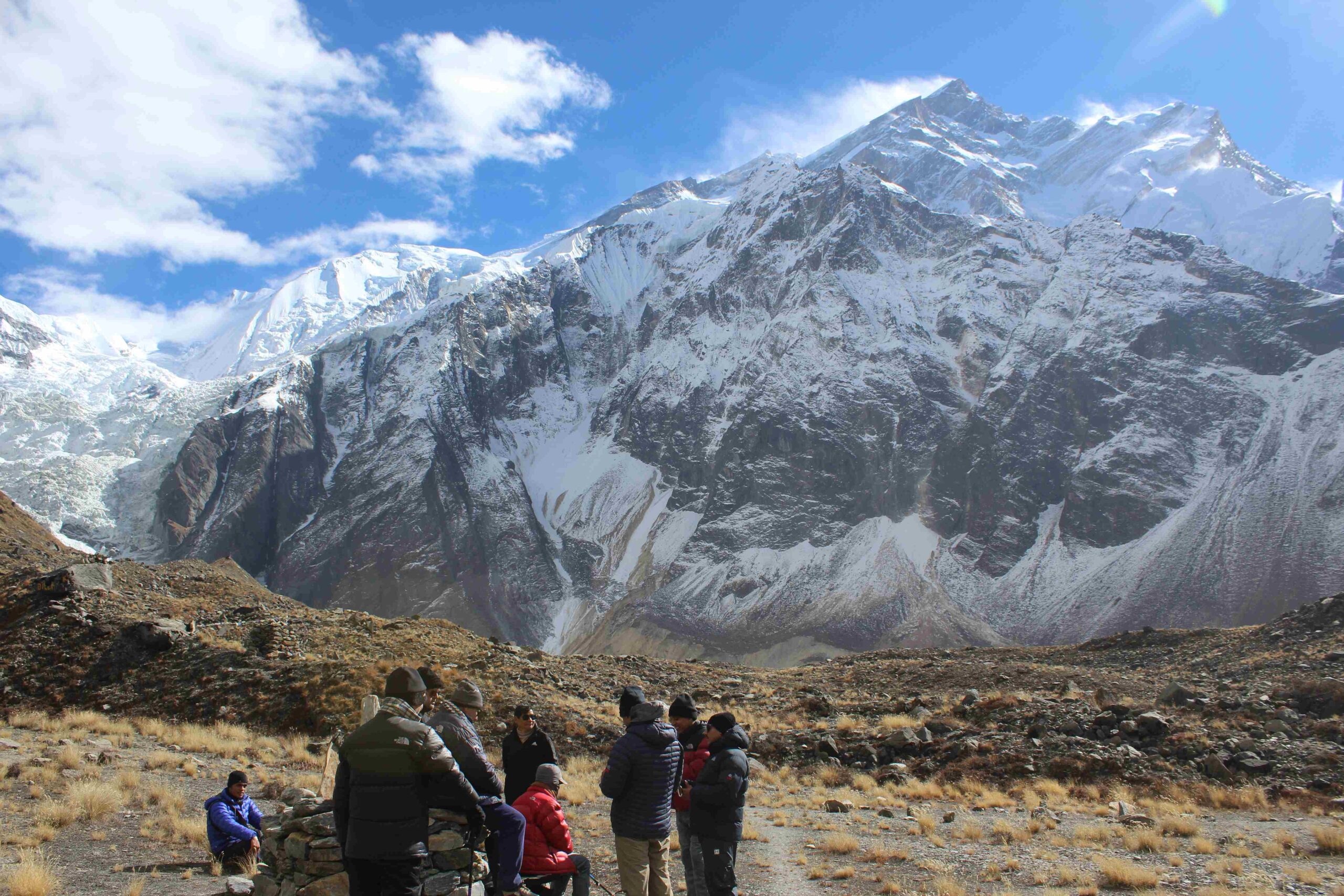Yulsaa Lake is located at an elevation of 4200 meters above sea level in the Gothichaur municipality of the Jumla district. Yulsaa Lake Trek is a remote trek that hasn’t seen many tourists and falls under one of the best off-beaten treks in Nepal. The journey gives you a glimpse into the way of life and culture of the people who live in western Nepal. The trek also provides breathtaking views of the Api and Saipal mountains.
A virgin trail to Yulsaa lake also provides insights into the culture and way of life of the Bhon people as well as breathtaking vistas of peaks like Patasrasi, Maure Lake, Bhanga Laa Pass, and others.
Details of Yulsaa Lake Trek
| Name of the Trek | Yulsaa Lake Trek |
| Trekking Region | Jumla, Dolpa |
| Trekking Difficulty | Easy |
| Number of Days | 7-8 |
| Maximum Elevation | 4200 m |
| Accommodation | Homestay, and camping |
| Major Attractions | Remoteness, Distinct culture and breathtaking views of Western Nepal |
Detailed Itinerary of Yulsaa Lake
Day 1: Flight from Kathmandu to Nepalgunj
You might travel by plane for about an hour to reach Nepalgunj, the hub of Nepal’s western region, which borders the Indian state of Uttar Pradesh to the south.
Day 2: Flight from Nepalgunj to Jumla
We’ll fly to Jumla in the early morning for 35 minutes.. At 2514 meters, Jumla is located on the Tila River’s banks. Nepal also enjoys great popularity for the Jumla-produced cider, commonly known as “Marpha” locally. While getting to know the trekking group, sample the apples and sip some cider. Jumla is a very pituresque village resting on the bank of a river with expansive field and surrounded by hills allaround.
Day 3: Trek from Jumla to GothiChaur
We start our journey along the path that takes us through a number of water-powered mills before descending to the meeting point of the Tila and Chaudhabise rivers. We cross a cantilever bridge and proceed up alongside the terraced rice fields till we reach Dochal Ghara village (2630m). The path now leads us to a meadow through the maple and walnut woodland. Some of the wildflowers you might see are cinquefoils, terrestrial orchids, forget-me-nots, mint, buttercups, primula, edelweiss, and gentians. After leaving the meadow, we ascend a rocky cairn at Pattyata Lagna (2830 m) and then descend gradually toward Gothi Chaur, passing by a stream at the valley’s bottom.
Day 4: Trek from Gothi Chaur to Chotra Village
Two routes converge in Gothi Chaur; one leads out of the village uphill, and the other takes us downstream through the woods to the cluster of mills at Kuri Sangta. We returned to the Tila valley by taking the later route. After a while, we reach the village of Munigaon by following the Tila river to the north, passing by the corn and potato farms before immediately ascending through the buckwheat and barley fields. We continue on the route till we reach another trail intersection, Muni Sangu. After passing Changrikot, we ascend to the settlement of Chotra (3010 m), which is primarily populated by Buddhist Khampas from east Tibet.
Day 5: Trek from Chotra Village to Angulte Patan Goth
The walk to Yulsaa Lake is through verdant grasslands and woodlands. All of the hills are covered in various plant flowers during the monsoon, and the aroma is truly amplified. Yulsaa Lake can be reached in 6 to 7 hours. We can spend the night in a shepherd’s hut with a few goths in a place they call Angulte Patan. It is not advisable to proceed to the lake if it is already dark because there is no trail that separates this location from the others. The trail is rugged, and the lake is located directly across from the other ridge.
Day 6: Hike to Yulsaa Lake and explore Yulsaa Lake
We set out early in the day to the lake, navigating the rocky slope on our own. Being cautious is necessary because the ascent is steep. The lake is spotlessly pristine, and on a clear morning, it has an unequaled sight. For the natives, the lake is very sacred, and they think that a deity who lives there will protect them. The custom of making wishes come true in religious places is one that is frequently observed. People who come to the lake for religious reasons can be seen putting up many prayer flags all around it.
If you like, you can simply set up camp next to the lake and spend the day there. Alternatively, you can head back to Chotra village the same day.
Day 7: Trek from Chotra Village to Jumla
You retrace your way back to Jumla
Day 8: Flight back to Nepalgunj
You take an early morning flight to Nepalgunj. In half an hour you will be at the metropolitan busy area.
Best Time to Visit Yulsaa Lake
It is ideal to trek to Yulsaa during the monsoon or just before the start of autumn. Beautiful wild flowers will bed the bushes along the trail, which will be covered with lush, green grassland and a variety of colors.
